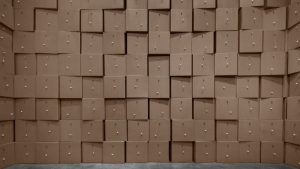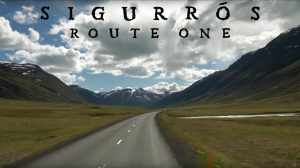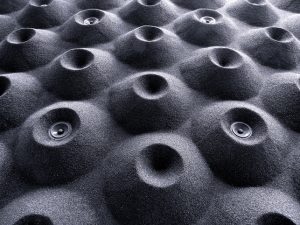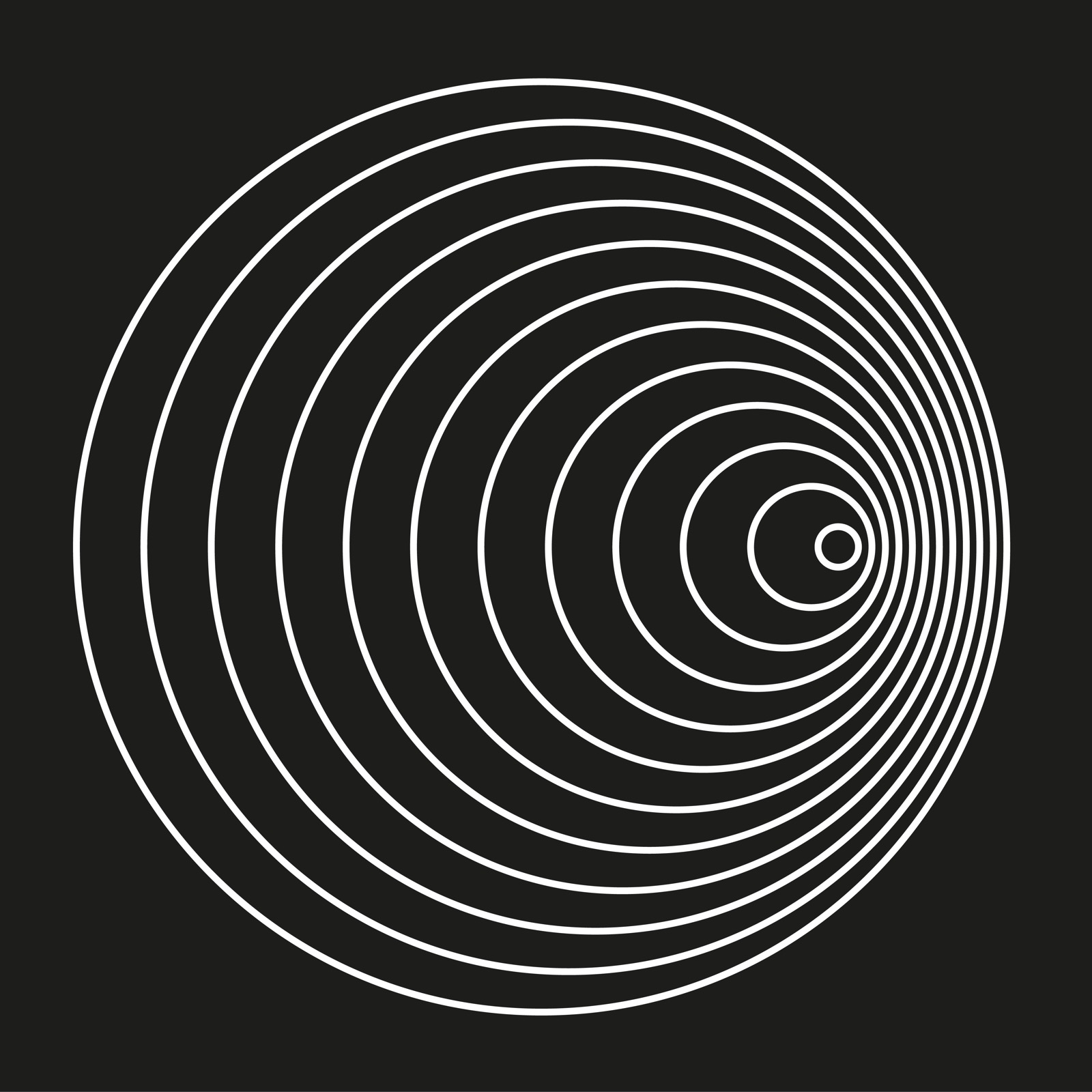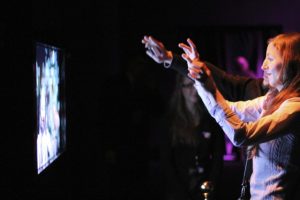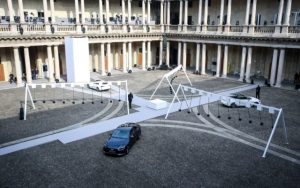PyroGraph is a machine programmed to take in an image, generate and draw it using dots in a style similar to pointillism. It correlates the sound of the room to the greyscale of each particular dot and the dot is then created by a moving tip that burns 450 into the paper. The dot’s greyscale correlates to the noise of the room. PyroGraph is interesting because it recreates and stylizes an image through public involvement. I wonder why the artist/programmers chose to have the machine react to sound. Since this project was inspired by traditional thermal printers, incorporating sound seems disconnected from tangible print. If it’s a reference to the processing noises old thermal printers make, that would make sense but I wish it was explained explicitly.
This project heavily follows the practices of pyrography: the art of burning wood to create an image. There are differences in style. For instance, PyroGraph requires the machine to draw in dots whereas a traditional pyrographic artist could easily burn lines for realistic textures. However, it’s still revolutionizing the practice, not only through computer-generated burning but also shifting the act of burning from an artist to a generalized public. It’s subtly interactive.
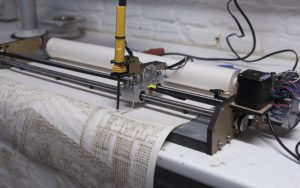
![[OLD FALL 2017] 15-104 • Introduction to Computing for Creative Practice](https://courses.ideate.cmu.edu/15-104/f2017/wp-content/uploads/2020/08/stop-banner.png)



